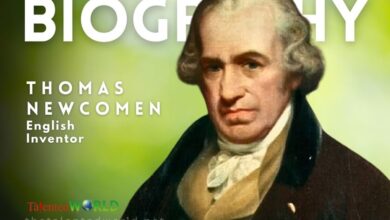| Full Name | Johannes Gensfleisch zur Laden zum Gutenberg |
| Date of Birth | Approximately 1393–1406 |
| Place of Birth | Mainz, Holy Roman Empire (now Germany) |
| Date of Death | February 3, 1468 |
| Occupations | Inventor, craftsman |
| Known For | Inventing the movable-type printing press, introducing movable type to Europe |
| Contributions | Development of a process for mass-producing movable type, use of oil-based ink for printing books, the invention of a wooden printing press, the invention of adjustable molds |
| Major Work | The Gutenberg Bible, the first printed version of the Bible |
| Commemoration | Celebrated around the world, the founding of the Gutenberg Museum in Mainz to commemorate his 500th birth anniversary, Time-Life magazine’s pick for the most important invention |
| Early Life and Background | Born into a wealthy family in Mainz, Germany; father was a patrician and merchant, mother was of commoner status; family faced social and economic challenges |





